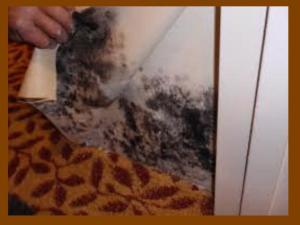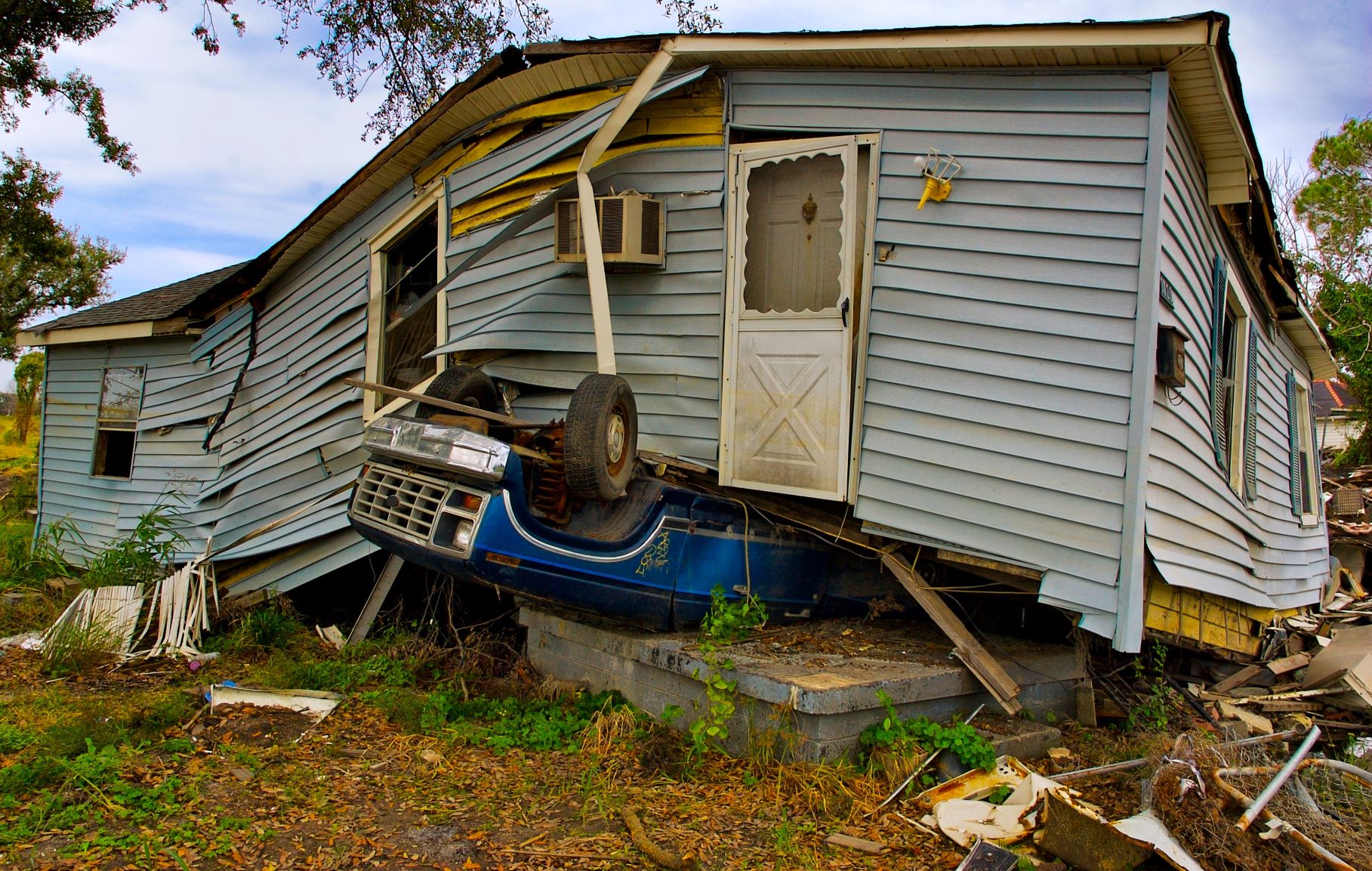 We have all joked about limburger cheese and how awful it smells – it takes some unique bacterium to create this cheese that is delicious, but stinky… in fact, it is created from the same bacterium found on human skin which is partially responsible for human body odor.
We have all joked about limburger cheese and how awful it smells – it takes some unique bacterium to create this cheese that is delicious, but stinky… in fact, it is created from the same bacterium found on human skin which is partially responsible for human body odor.
We’ve even wrinkled up our noses and laughed about Roquefort cheese, and while it does not look too appetizing since it appears that it is covered in mold, we eat it and enjoy it anyway.
As to cheese, did you know that if you go into the fridge and see a spot of mold on your large cheese wedge that cost you a pretty penny, all is not lost, and you needn’t toss that chunk of cheese into the trash. In the case of the harder types of cheeses, you need to merely lop off the offending moldy piece and the rest can be safely salvaged for eating. No need to be squeamish – no kidding!
Actually, the subject of mold is fascinating if you think about for a minute. Back to the topic of cheese: blue penicillium mold is actually found in those bluish-colored spots and streaks you find in soft cheese fermented from raw sheep’s milk, commonly referred to as “Roquefort cheese”. That is tasty stuff, albeit a stinky delicacy.
Likewise, the penicillium mold is the component used to create the drug penicillin, one of the world’s most-famous antibiotics. So mold and penicillin go hand in hand and are sometimes very beneficial.
There are three common types of mold found in the home. They are: Cladosporium, which is a fungus that originates from outside but will seek refuge in your home where its spores will attach itself to textiles, wood and other damp, porous materials. This mold which may be olive green to black in color will often trigger hay fever and asthma symptoms. Penicillium, mentioned above, is another common mold found in the home and may come in many colors, such as white, blue/green or green. These airborne mold spores are commonly found on wallpaper, decaying fabrics, carpet, and fiberglass duct insulation. Penicillium mold spores thrives indoors and is known for causing allergies and asthma. The third most-common mold in the home is Stachybotrys, which is black and slick and slimy in appearance, and it is considered the most-toxic, and even deadly, mold you could encounter because it can cause serious breathing difficulties and bleeding of the lungs.
Of the three most-common types of household mold mentioned above, you’ve probably heard of the last one because it is typically referred to as “black mold”.
When you read more about black mold below, hopefully you will have gained an understanding of this deadly toxin. If you suspect that you have black mold in your home, you should immediately contact an expert who specializes in mold inspection and mold remediation in Essex County and have this toxic situation taken care of immediately.
Black mold is not always readily visible
We are a visual society, and upon reading the contents of this post about black mold, you’ll want to know what it looks like. Not just how the spores are formed or the technical stuff – you’ll want to take a look at that slimy and shiny black area which gloms onto a wet surface. Even in a downstairs laundry tub, if your furnace humidifier drains into that tub, there is bound to be a small amount of black mold present as the sink never completely dries, even in the Winter months when the heat is on, since the furnace humidifier is hard at work.
Some of the time, however, black mold is not so visible and there it is… posing a danger to you and your family and going undetected.
How black mold in the home
Nearly 37 million Americans suffer from sinusitis, and according to the Mayo Clinic, the vast majority of these conditions are caused by mold. But, many people also suffer from symptoms of sinusitis, not as a result of black mold in your home. How does one know if they have sinusitis what is the root cause of this syndrome?
Black mold causes
A number of reasons, all pertaining to water, dampness or moisture, are the primary cause of black mold. Some examples would be leaky pipes, a leaky roof, a damp basement or attic, condensation, flooding, or blocked gutters. Inadequate ventilation also may be a contributing factor. All these types of issues cause water to seep into the walls or drip into unwanted places, and all serve to create a mold-friendly environment.
Signs of black mold
- Cracked, peeling paint;
- Discoloration or warping of walls, ceilings and floors;
- Loosening of drywall tape;
- Musty or mildew odors; and
- Visible mold growth.
If left untreated, black mold will thrive, spread and grow and create not only problems in the house, but to you and your family’s health as mentioned above.
Health hazards of black mold
There are many problems you can suffer when living in a home where there is mold. These are some of the most-common ailments. Children and the elderly are most susceptible and in some cases, death could result if the mold problem is serious enough.
- Suppressed immune system;
- Respiratory problems;
- Sinusitis and nasal congestion;
- Asthma;
- Bronchitis;
- Lung tissue damage;
- Eye, nose and throat irritation;
- Dry hacking cough;
- Skin rashes and irritation;
- Memory impairment;
- Difficulty concentrating;
- Irritable bowel syndrome;
- Body aches and pains;
- Chronic fatigue;
- Food intolerances and allergies;
- Headaches;
- Dizziness; and
- Mood swings.
Please be wise and contact a professional if you encounter mold and need mold remediation. It is to your advantage to do so as soon as possible, for the sake of your home as well as your health.




